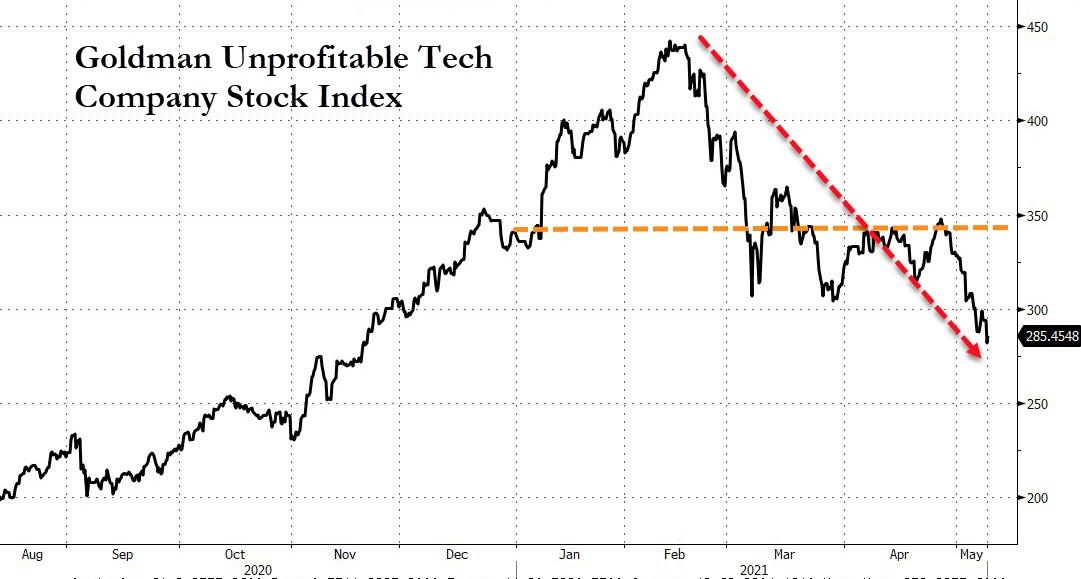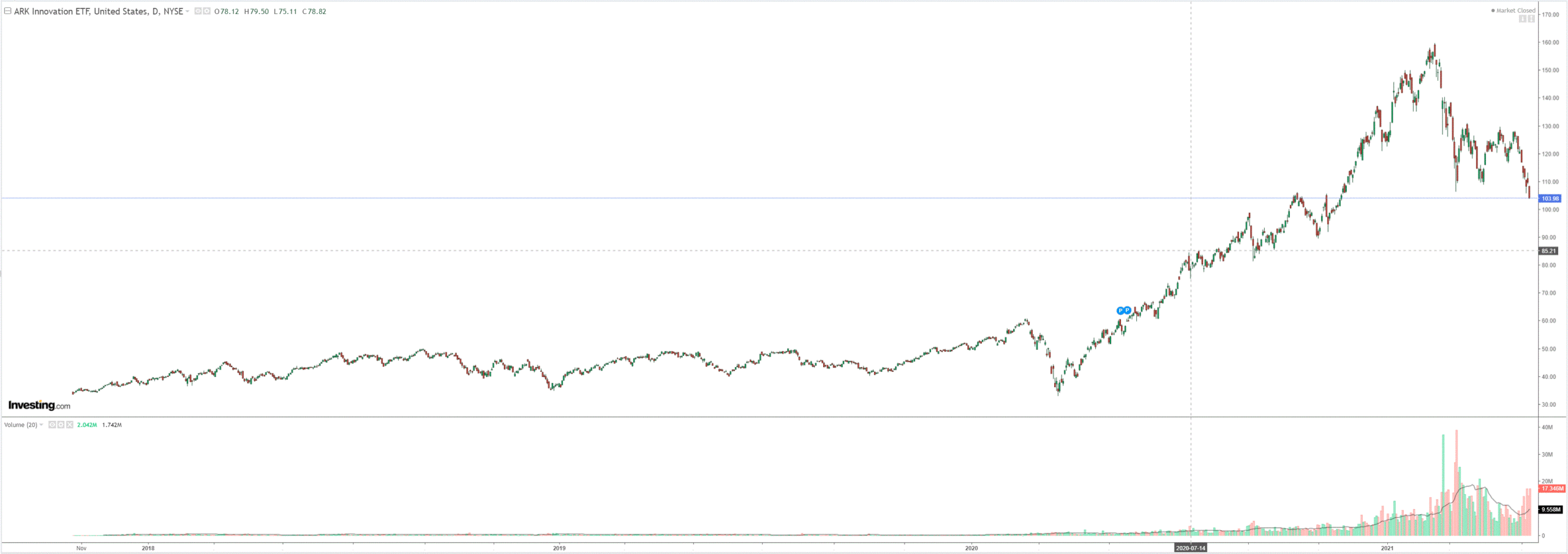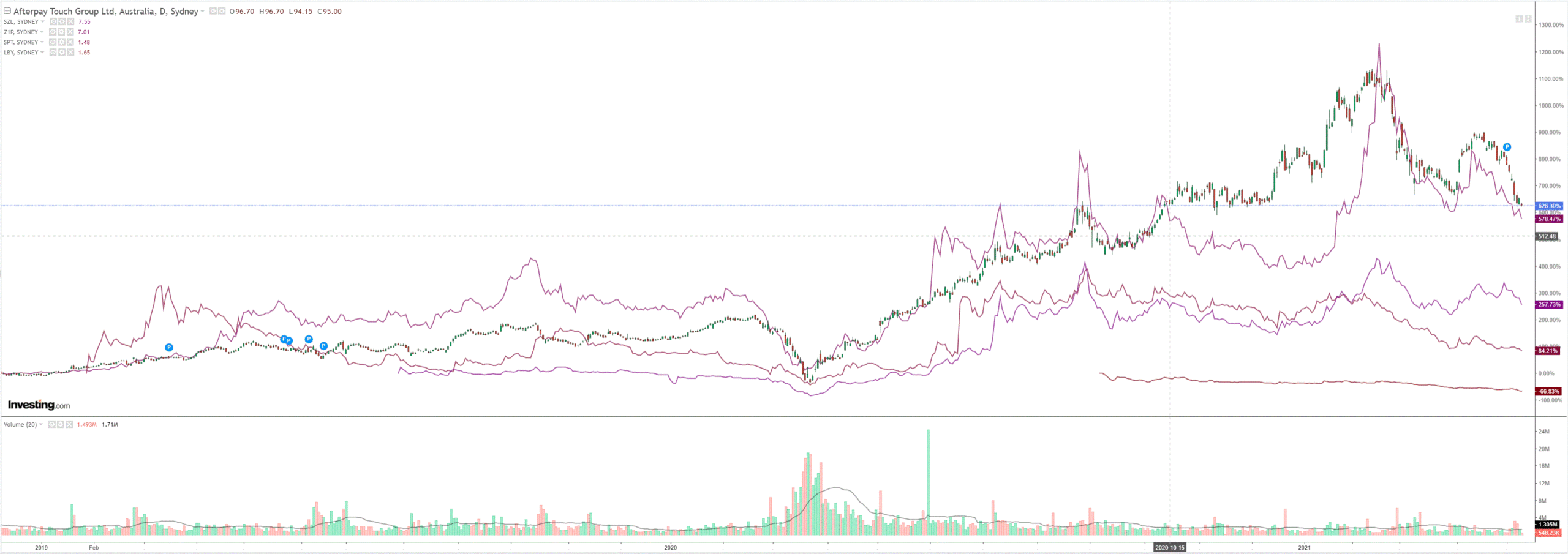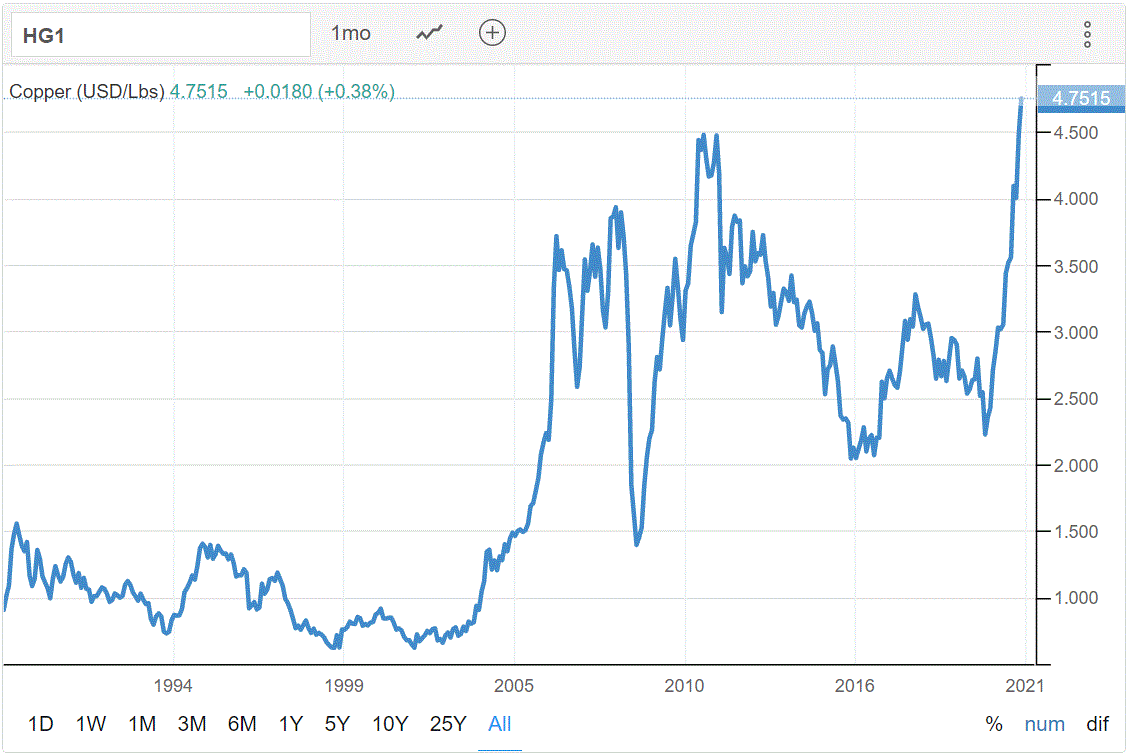For the past year or so, we have watched in amazement at what we have labeled the Amphetamine Cycle. This is the dramatically accelerated series of cyclical and factor rotations within equities and broader markets that have so far delivered:
- An equities crash down.
- Unimaginable stimulus.
- An equities crash up.
- AUD crash then rocket.
- Bond yields crash and then back-up.
- Tech bubble and bust.
- Commodities bubble and then…
In any normal cycle, this would all take years 3-5 years.
Some have called this acceleration symptomatic of a “crack-up boom” in which monetary madness sends markets and the economy into a kind of inflationary death spiral.
I am not so pessimistic, putting these wild gyrations down to the vagaries of the pandemic, stimulus support and recovery. In particular, the combination of easy money with the phenomenon of catch-up growth (which, roughly speaking, gives you two years of growth in one during recovery) are poorly understood and leads to market distortions.
My point in repeating this post today is to observe that the speed and magnitude of price moves need to be treated with more than the usual degree of skepticism. The primary example right now is yesterday’s tech boom which is now going comprehensively bust.
The biggest winner in the run-up until a few short months ago was no-earnings tech, the longest-possible duration stocks, which went completely crazy and are now falling off the proverbial cliff:

This boomlet minted new short-term market geniuses such as ARK’s Cathy Wood. But these are also now tumbling just as fast:

In Australia is was the buy now, pay later geniuses to whom we now say goodbye!

So, when somebody argues today that ahead is a new supercycle for commodity prices – in particular copper, iron ore and oil – based upon little more than an inflation surge derived from their own bid into commodities, I suggest you recall Afterpay:

In closing, let me say that if this Amphetamine Cycle holds true to its wild pace and volatility then central banks will be forced to tighten long before their 2024 deadlines.
Or not, because today’s commodities bubble will likely repeat the pattern of tech and go bust long before they even get the chance, as China beats them to it. To wit, from Capital Economics on today’s Chian inflation data:
Producer price inflation was the strongest since October 2017 last month, as upstream price pressures remained significant due to supply constraints. This is feeding through to a rebound in consumer price inflation, though with the latter still relatively subdued and upstream price pressures likely to be mostly transient, we still doubt that inflation is about to become a key driver of PBOC policy.
Producer price inflation surged from +4.4% y/y in March to +6.8% in April (the Bloomberg median was +6.5% and our forecast was +7.0%). This mostly reflects a lower base for comparison due to the global downturn a year ago. In m/m terms, factory-gate inflation moderated from +1.6% m/m to +0.9% m/m last month. That said, prices are still rising faster m/m than during most of the past decade. The key driver remains the rally in global commodity prices – the raw materials component of PPI is up 15.2% y/y. But at the same time, the data also point to unusually strong price pressures for some finished goods. For example, output prices of durable consumer goods are rising at the fastest pace on record.
These upstream price pressures are starting to feed through to consumer price inflation, which rose from +0.4% y/y in March to a seven-month high of +0.9% last month (Bloomberg: +1.0%, CE: +1.3%). Admittedly, the latest pick-up was partly the result of a jump in fuel price inflation from 11.5% y/y to 19.4%, which was entirely due to base effects – fuel prices contracted by 0.7% m/m last month. But core inflation also picked up, from 0.3% y/y to 0.7%, thanks to continued m/m gains.
Looking ahead, supply-side disruptions may persist for a while longer, keeping producer price inflation elevated in the near-term. Alongside a tightening labour market, this looks set to drive a further rebound in consumer price inflation – most likely to around 2% by the end of Q3. That said, we still expect much of the recent surge in upstream price pressure to prove transit, with industrial metal prices likely to drop back later this year as a tighter policy stance weighs on construction activity. As such, we don’t think inflation will rise to the point where it triggers a major policy shift by the PBOC.
Stay sharp. This is no ordinary cycle!

